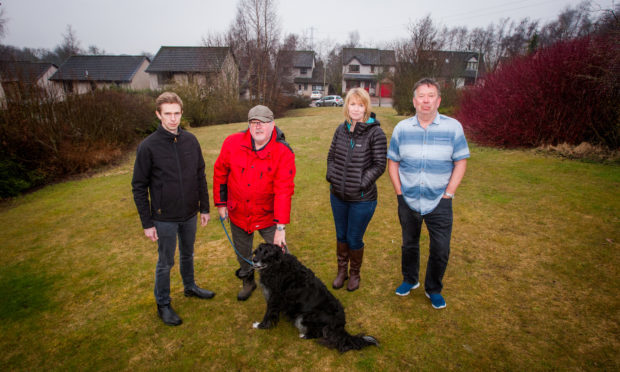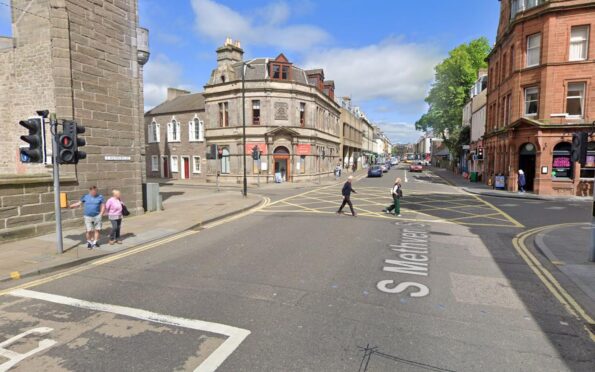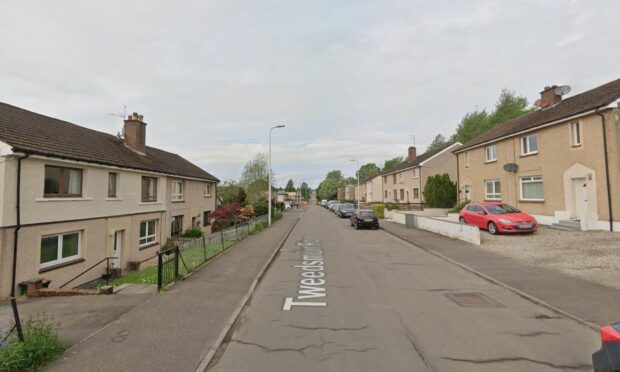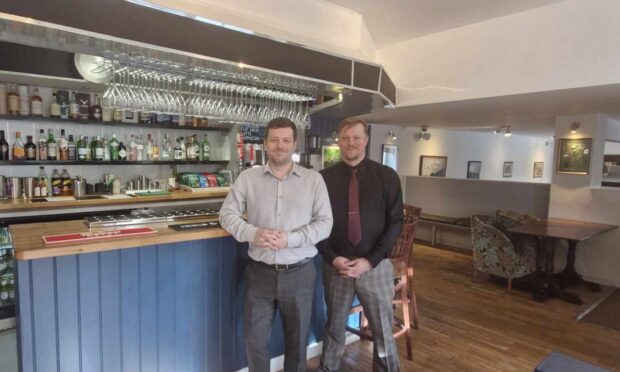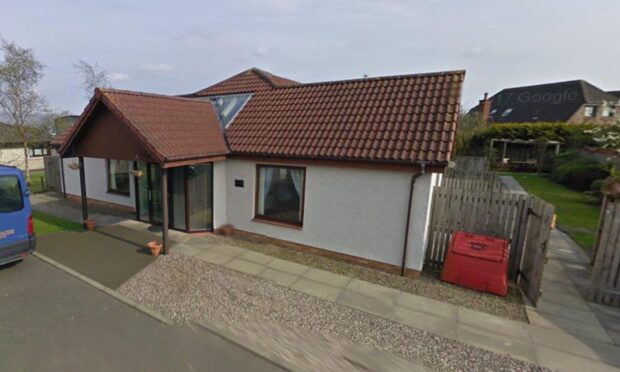Planning chiefs have rejected controversial proposals for a new house on public land at a Carse of Gowrie estate.
Developers wanted to put a three-bedroom property on open land at Mary Findlay Drive, Longforgan.
Cambridge-based Carse Developments recently bought the 5,900 sq ft plot after the factoring company that owned it went into administration.
The plan sparked a row with residents who argued the new property could lead to “overdevelopment” and road safety issues.
Perth and Kinross Council planners have sided with locals and rejected the scheme.
Planning officer Sean Panton said his department had received 18 objections, calling for the scheme to be scrapped.
He said: “It is considered that the site is large enough to accommodate a modest house, without detrimental impact upon existing residential amenity.
“The formation of a residential development does however have the potential to result in overlooking and overshadowing.”
He said that the project was contrary to planning policy “due to the adverse impacts upon public access”.
The announcement was welcomed by local Labour councillor Alasdair Bailey.
“I’m pleased to see that sense has prevailed and that officers have blocked this attempt to build a house on land that neighbours believed had been set aside for the good of the community,” he said.
“Not only would a house here have blocked people from walking between the two cul-de-sacs of Mary Findlay Drive, but it would have set a worrying precedent.”
Mr Bailey added: “If this had been approved, I expect we would have seen a flood of applications from every big housebuilders wanting to stick additional houses on the land they were mandated to keep as greenspace in their original planning permissions.”
The estate was built by Stewart Milne about 20 years ago.
Carse Developments was established late last year.
In paperwork lodged with the council, the company argued: “In most cases such areas of open space are required by local development plan policies, but as they are usually located on sloping ground that has poor drainage, surrounded by housing and unconnected to other areas of open space, they have no value as green infrastructure, do not promote biodiversity and are little more than a visual enhancement.
“While in theory they may appear as an excellent method of enhancing amenity and green infrastructure, in reality their long-term maintenance and survival is fraught.”
